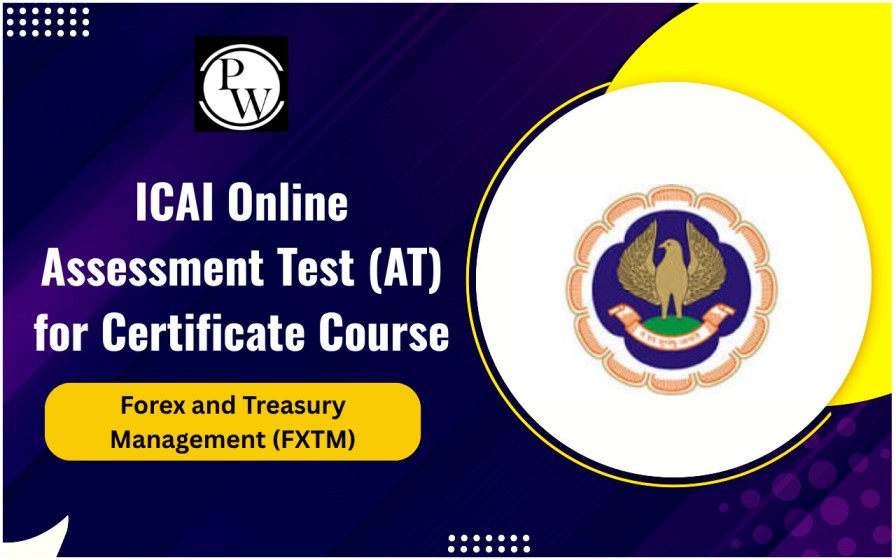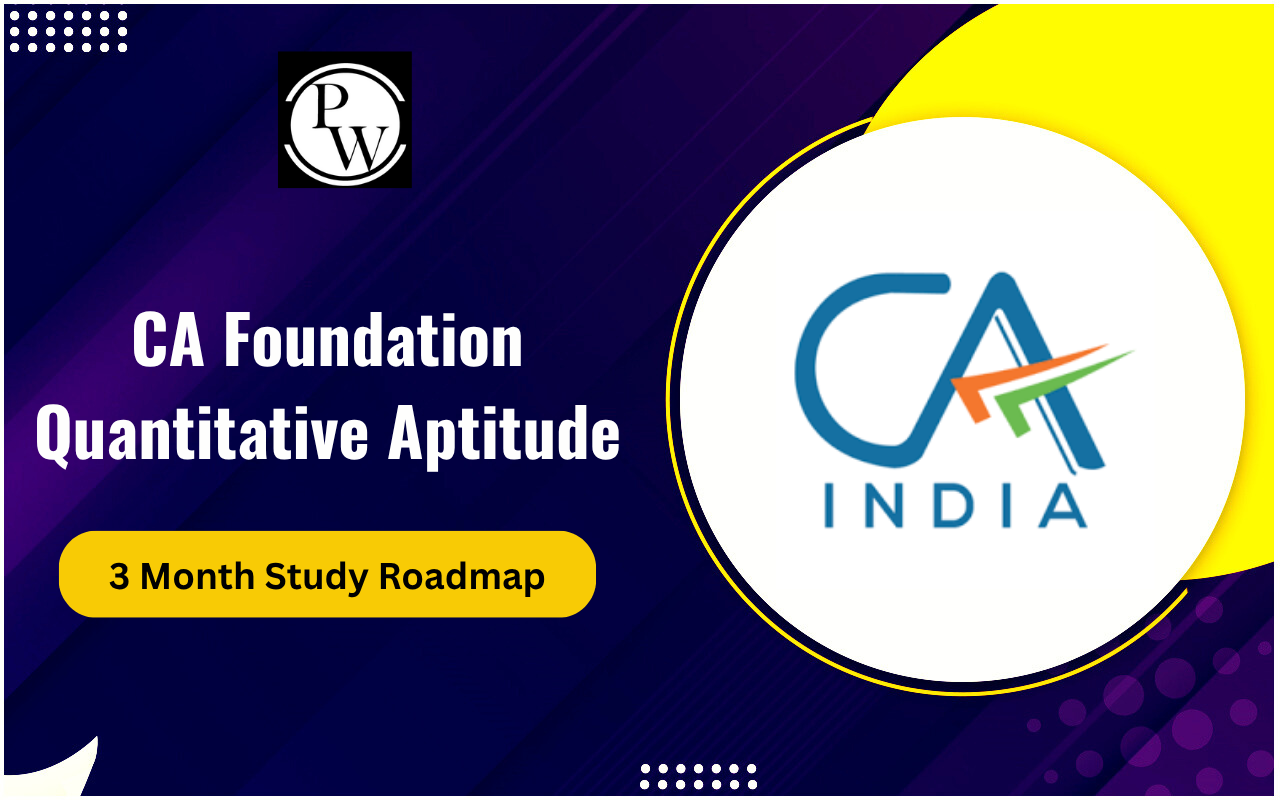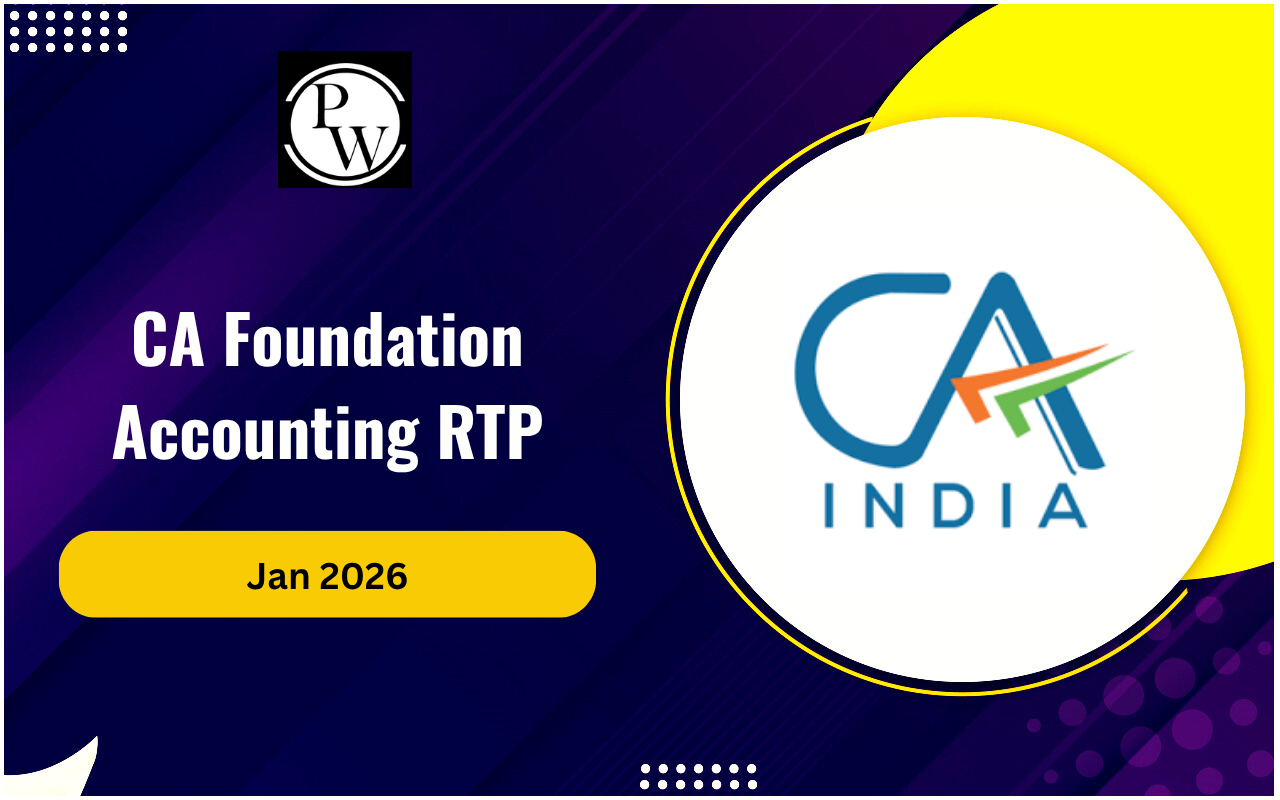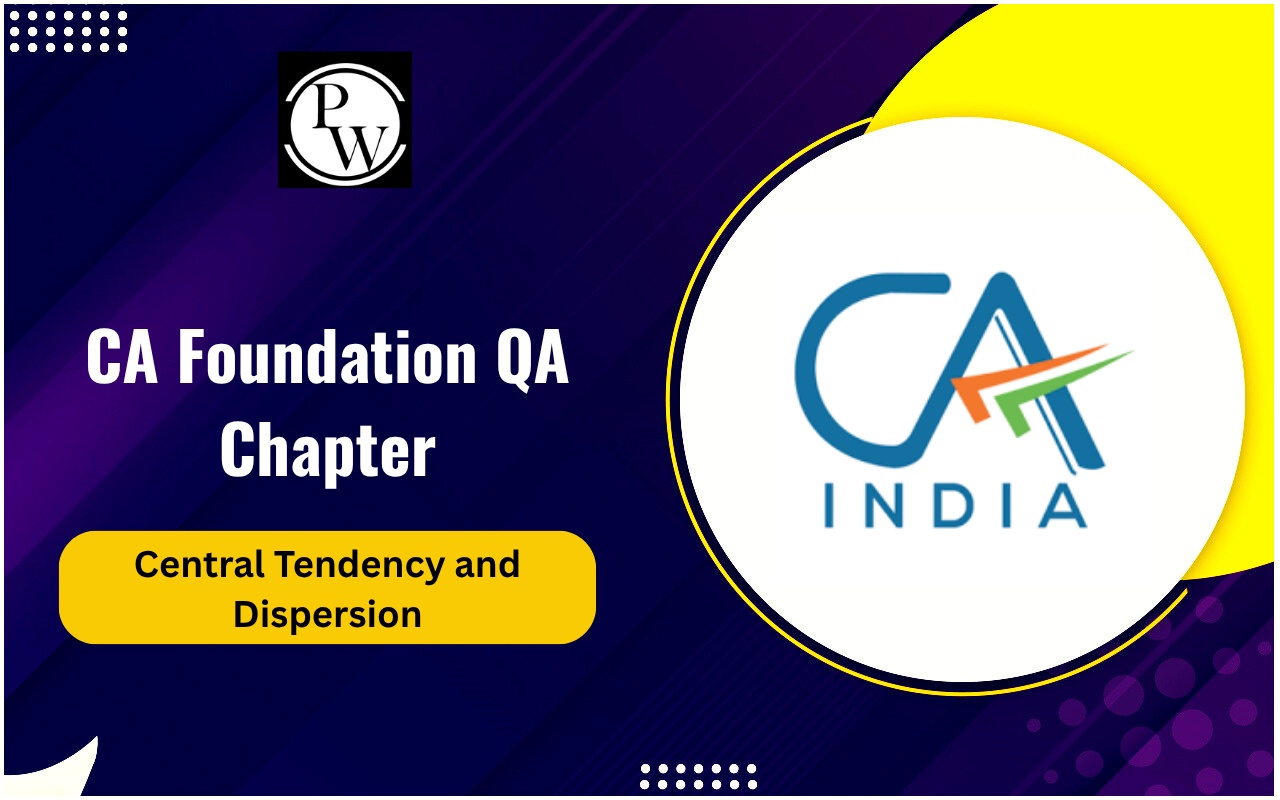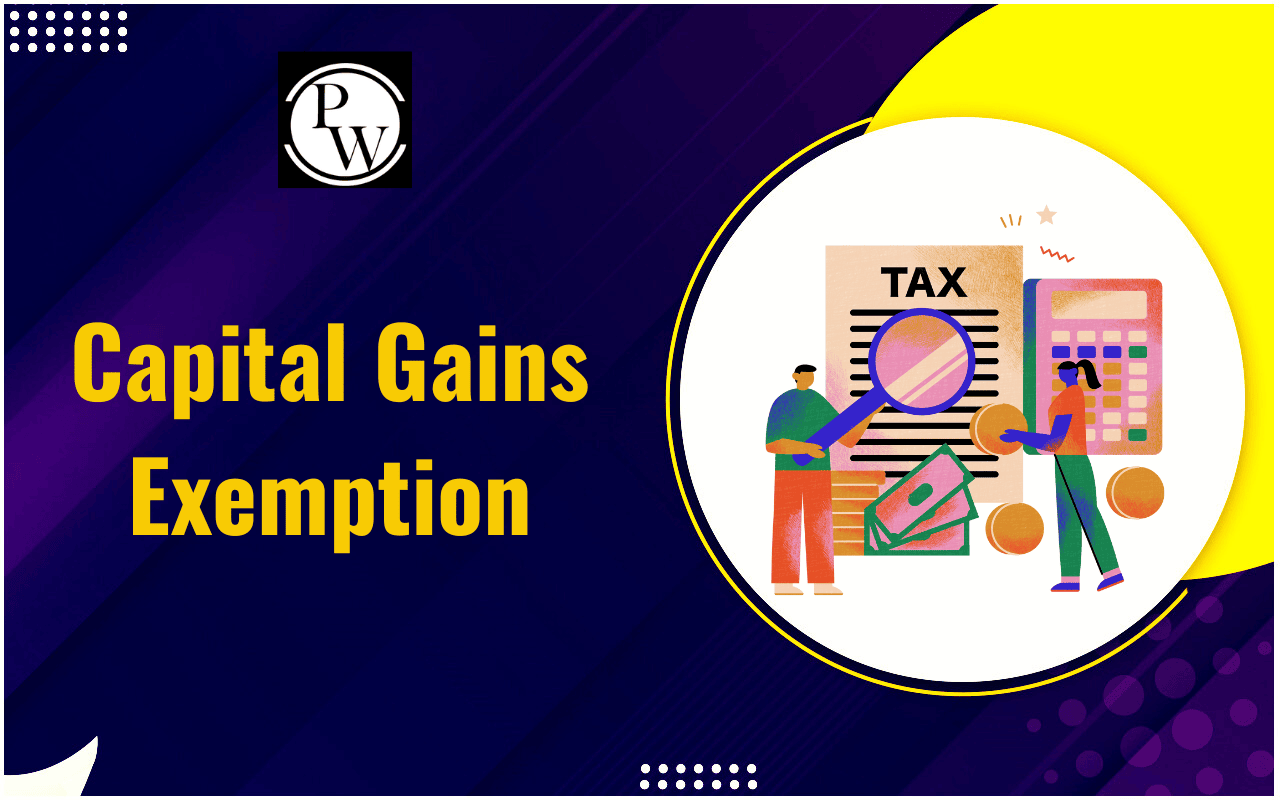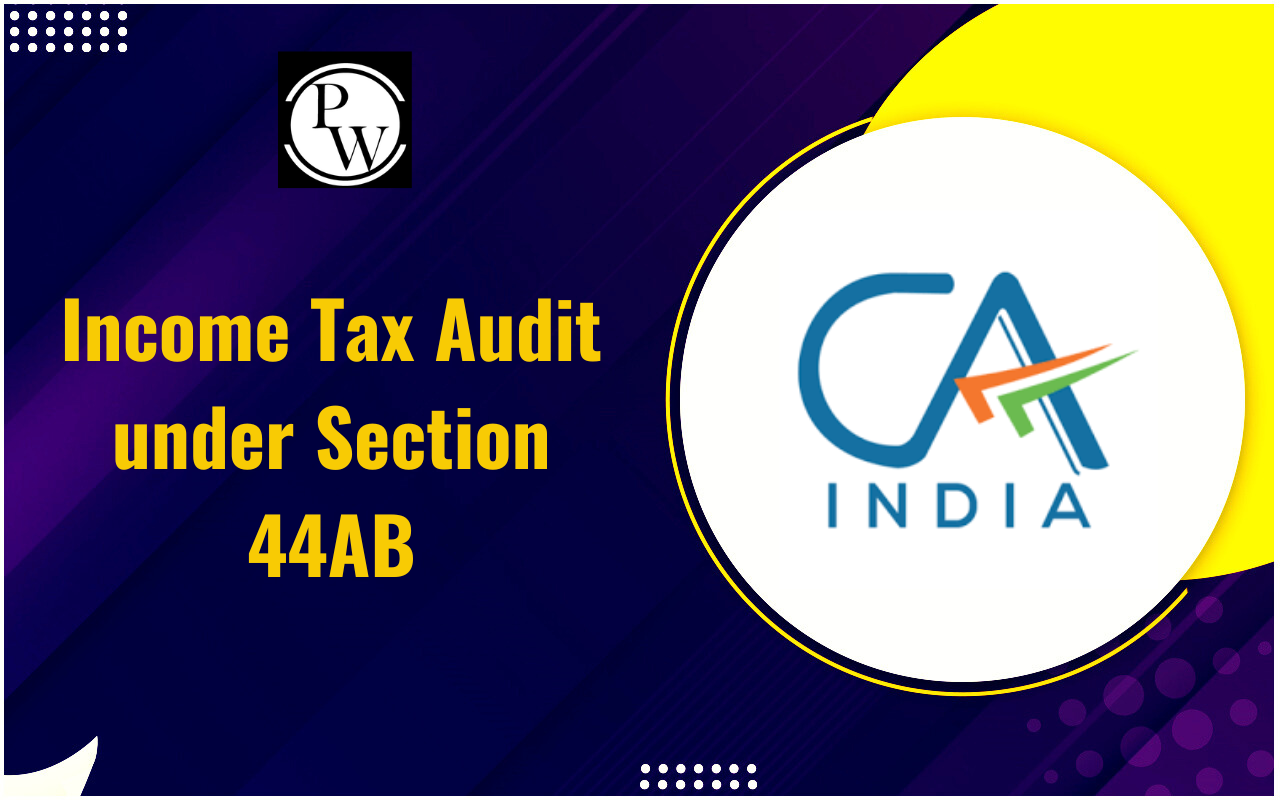
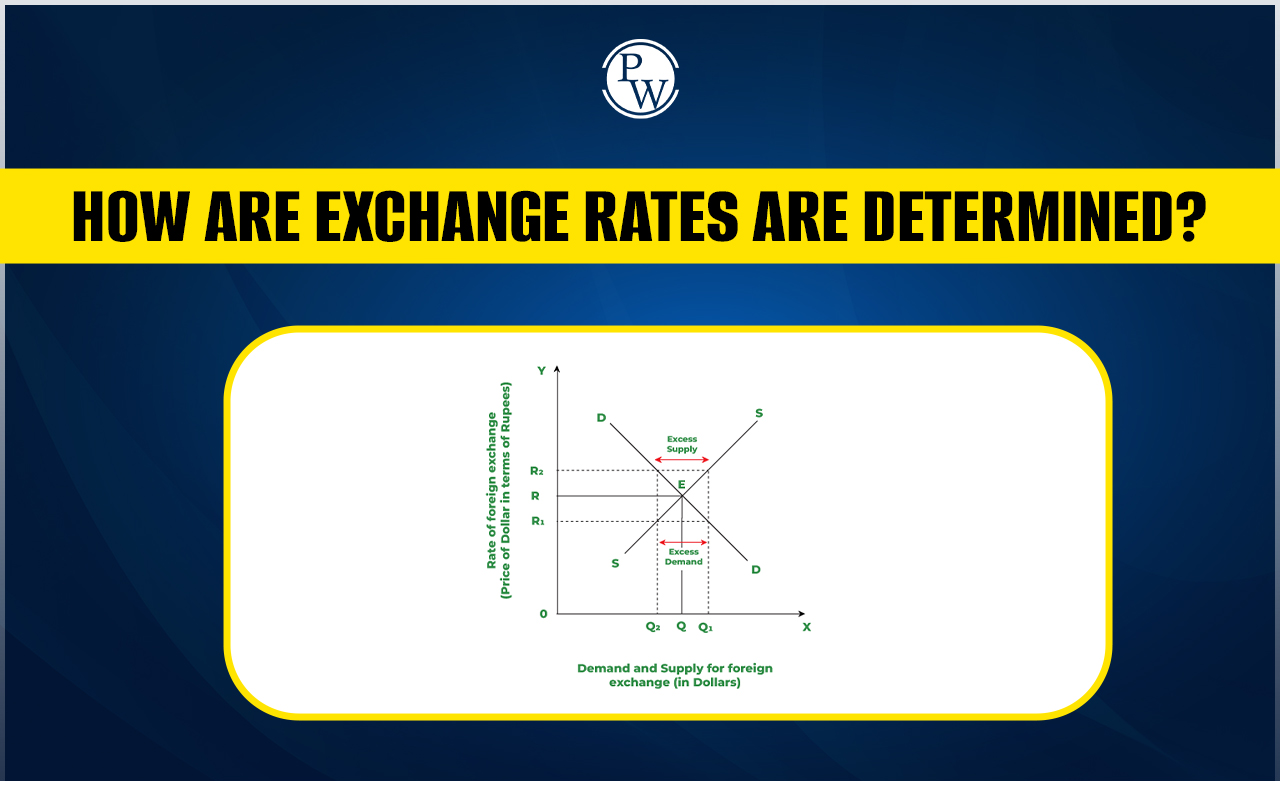
Countries adopt different methods to fix exchange rates for their currencies. A nation's policy largely determines how exchange rates are set in a free market.
For CA Exams , understanding exchange rates and their daily, even hourly, fluctuations is essential. Exchange rates dictate how many units of one currency can be exchanged for another. Despite the rise of global trade, there is no universal currency. Every country trading goods and services faces the challenge of navigating exchange rates. It wasn't until after World War II, in the latter half of the 20th century, that modern exchange rate systems were introduced. As global trade expanded, financial systems adapted to accommodate these changes.Exchange Rate Determination
Each nation uses its own approach to determine its currency's exchange rate. There are three primary methods for doing this: the fixed exchange rate, the managed floating (or pegged) exchange rate, and the flexible exchange rate.How Exchange Rates are Determined?
Each country follows its own method to determine the value of its currency. The most common ways to establish exchange rates include the fixed exchange rate, managed floating exchange rate, and flexible exchange rate systems.Flexible Exchange Rate
Also known as a "pegged exchange rate system," this approach allows governments to monitor and adjust their currency’s value. The currency may be tied to specific currencies, either individually or as a group, or linked to the country’s reserves of gold and foreign currency. China is a well-known example of a country with a fixed exchange regime, where the central bank actively manages the exchange rate. In this system, market forces do not solely determine the rate. When significant fluctuations occur in the foreign exchange market, central banks step in to buy or sell reserves to stabilize the currency.Floating Exchange Rate
A floating exchange rate is determined by market forces and changes based on supply and demand. Currencies that operate under this system are known as "floating currencies." For instance, the US dollar is a floating currency. Many economists prefer floating exchange rates, believing that the market should naturally set the value of a currency. For example, when crude oil prices rise, the value of the US dollar usually decreases, demonstrating an inverse relationship. Since oil prices fluctuate daily, so does the value of the USD. Proponents of this system argue that markets tend to correct themselves. Most advanced economies, often referred to as "First World countries," rely on floating exchange rates with minimal government interference.Speculation
Currencies are valuable assets for every nation. If individuals believe the value of a foreign currency will increase, they may hold onto it in hopes of profiting from the rise. For example, if Indians expect the value of the rupee to rise, they may be less concerned with the British pound’s value. This behavior can impact exchange rates as foreign currency demand shifts.Also Check: Types of Markets
Exchange Rate and Interest Rates
The difference in interest rates between countries also plays a significant role in determining exchange rates. Banks, multinational corporations, and wealthy individuals often move large sums of money across borders to secure higher interest rates, influencing currency values.Exchange Rates in the Long Run
Purchasing Power Parity (PPP) is a theory used to predict long-term exchange rates. According to PPP, if there are no barriers like taxes or import quotas, exchange rates should adjust to ensure that the same goods have the same price globally. For example, a product should cost the same in rupees in India, yen in Japan, or dollars in the US, aside from transportation costs.Pegged Float Exchange Rate
This system combines aspects of both fixed and floating exchange rates, allowing governments and central banks to intervene in foreign exchange markets when necessary, while market forces determine the rate most of the time. There are three types:- Crawling Bands: The central bank permits the currency to fluctuate within a predefined range. If the value moves outside this range, authorities intervene to stabilize it. Economic and monetary policies typically determine these ranges.
- Crawling Pegs: In this system, the central bank allows the currency to increase or decrease in value gradually. While the currency is generally allowed to float, intervention occurs when rapid fluctuations occur. Countries like Argentina, Vietnam, and Costa Rica have used this system.
- Horizontally Pegged Bands: Similar to crawling bands, but with more flexibility. Here, currencies are allowed to fluctuate more freely, as long as they do not exceed a specific percentage, usually 1%, of their gross value.
| Also Check | |
| Scope of Business Economics | Partnership Accounts |
| Preparation of Final Accounts of Sole Proprietors | Company Accounts |
| Theory of Production and Cost | Theory of Demand and Supply |
Exchange Rate Determination FAQs
What are the main methods to determine exchange rates?
The main methods are fixed exchange rate, managed floating exchange rate, and flexible exchange rate.
How does a flexible exchange rate work?
A flexible exchange rate, or floating rate, is determined by market forces based on supply and demand.
What is a floating exchange rate?
A floating exchange rate is one that fluctuates according to market conditions, such as supply and demand, without government intervention.
What role does speculation play in exchange rates?
Speculation involves buying or holding foreign currencies in anticipation of future value changes, which can influence exchange rates.
How does Purchasing Power Parity (PPP) relate to exchange rates?
PPP theory suggests that exchange rates should adjust so that the same goods cost the same amount in different countries, considering transport costs.
🔥 Trending Blogs
Talk to a counsellorHave doubts? Our support team will be happy to assist you!

Check out these Related Articles
Free Learning Resources
PW Books
Notes (Class 10-12)
PW Study Materials
Notes (Class 6-9)
Ncert Solutions
Govt Exams
Class 6th to 12th Online Courses
Govt Job Exams Courses
UPSC Coaching
Defence Exam Coaching
Gate Exam Coaching
Other Exams
Know about Physics Wallah
Physics Wallah is an Indian edtech platform that provides accessible & comprehensive learning experiences to students from Class 6th to postgraduate level. We also provide extensive NCERT solutions, sample paper, NEET, JEE Mains, BITSAT previous year papers & more such resources to students. Physics Wallah also caters to over 3.5 million registered students and over 78 lakh+ Youtube subscribers with 4.8 rating on its app.
We Stand Out because
We provide students with intensive courses with India’s qualified & experienced faculties & mentors. PW strives to make the learning experience comprehensive and accessible for students of all sections of society. We believe in empowering every single student who couldn't dream of a good career in engineering and medical field earlier.
Our Key Focus Areas
Physics Wallah's main focus is to make the learning experience as economical as possible for all students. With our affordable courses like Lakshya, Udaan and Arjuna and many others, we have been able to provide a platform for lakhs of aspirants. From providing Chemistry, Maths, Physics formula to giving e-books of eminent authors like RD Sharma, RS Aggarwal and Lakhmir Singh, PW focuses on every single student's need for preparation.
What Makes Us Different
Physics Wallah strives to develop a comprehensive pedagogical structure for students, where they get a state-of-the-art learning experience with study material and resources. Apart from catering students preparing for JEE Mains and NEET, PW also provides study material for each state board like Uttar Pradesh, Bihar, and others
Copyright © 2025 Physicswallah Limited All rights reserved.
Get App

